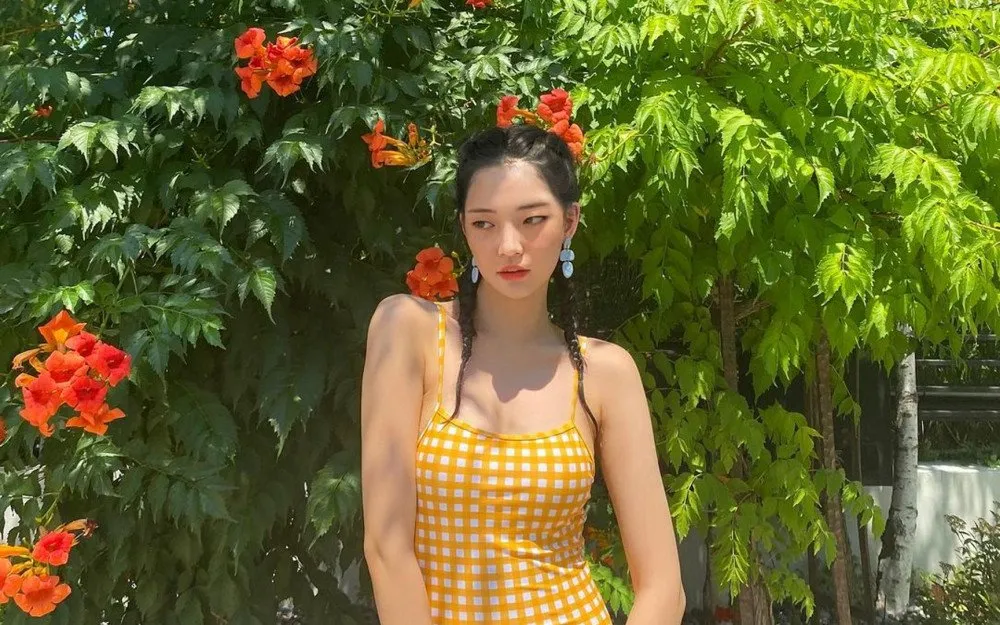
Rozy is a virtual human model. Meaning “she” is a bunch of pixels stacked together in a recognizable (and crafted to look beautiful to our eyes) human shape by an AI algorithm. She is not real in the sense you and I are real. “She” (note the quotation marks, again) is just an ephemeral collection of files, which are then shared on social media.
Mind you, Rozy is famous. She landed about 100 sponsorships, so many that her creators admin they couldn’t yet process them all. But they did process and even implemented some of them, which makes them hopeful they could win, please hold your breath, about 1 billion Korean Won (about $850,000) by the end of the year. If you want to know more details about this entire story, I posted a link at the end of the article.
For now, let’s stay a little more with this.
Why would anyone create a virtual human model, and why they would share that model on social media, making an influencer out of, literally, thin air? Well, Rozy’s creators, a company called Sidus Studio X, believe that virtual human models have some very relevant advantages from a business point of view. First of all, they aren’t dragged in scandals, which, apparently, are a frequent source of trouble for human models. They can’t be bullied either. They will forever be 22 (at least Rozy will be, don’t know about other human virtual models) and they will be active far more than a human, which means longer time for accruing revenue.
That’s the official answer, again.
My answer is that people will create a fantasy, and make money out of it by shaping it into an influencer, just because it works. Because humans have always been able to project “life” on inanimate structures or concepts.
Back in the day, these inanimate structures or concepts which were alive in people’s mind weren’t called influencers, though.
They were called gods.
Just like their modern counterparts, they did have some visual representation, in the form of paintings or statues. Also, just like their modern counterparts, the stories they were “telling” were actually propagated by other humans (their priests) in the form of gospels. Back in the day, though, the priests didn’t land sponsorships, they were, most of the time, receiving some sort of recognition, and probably an easier lifestyle (although this wasn’t always the case, many priests were living in assumed harsh conditions).
Humans have always been able to project some sort of meaning on inexistent structures or shapes. What we’re witnessing now is just a change of the physical support. From paintings and statues, we’ve evolved into pixels and screens. But deep down, it’s the same process.
I almost wrote that “I can see a not so distant future in which virtual human models will overtake human influencers”. Then I realized this is already happening. There aren’t many really human social influencers that make more than $850,000 per year. Rozy does that, and it’s just her first year into existence.
As we go forward, we will probably witness a new type of entertainment. One in which a virtual human model has adventures, stories, Instagram photos and statuses that will move us, make us laugh, or be sad, or trigger, or calm, just like a movie is doing all of that to us now.
Both the virtual human model and the movie characters are just pixels on the screen, the difference is the boundaries of the stories are now melting.
With a movie, you know it will end in 2-3 hours.
Whereas a virtual human model may become part of your life for decades.
Source for Rozy’s story, including projected revenue.
Photo source: the article above.
Initially published on my blog.
